Why should students care about the life story about a woman who lived more than a century ago and studied birds? Gene Stratton-Porter is well-known in ornithology, but outside of that arena you probably haven’t heard of her. This is one of the things about well-made illustrated books that make the genre so much more than it appears to be. Bird Girl: Gene Stratton-Porter Shares Her Love of Nature with the World doesn’t break any new ground in regards to the story, even though it’s one young audiences don’t know. At it’s core, the book is about finding your way and exploring what you love. Instead, this is a great book because of the unknown variable (Gene Stratton-Porter) and the illustrations by Rebecca Gibbon that are used to tell her life story.
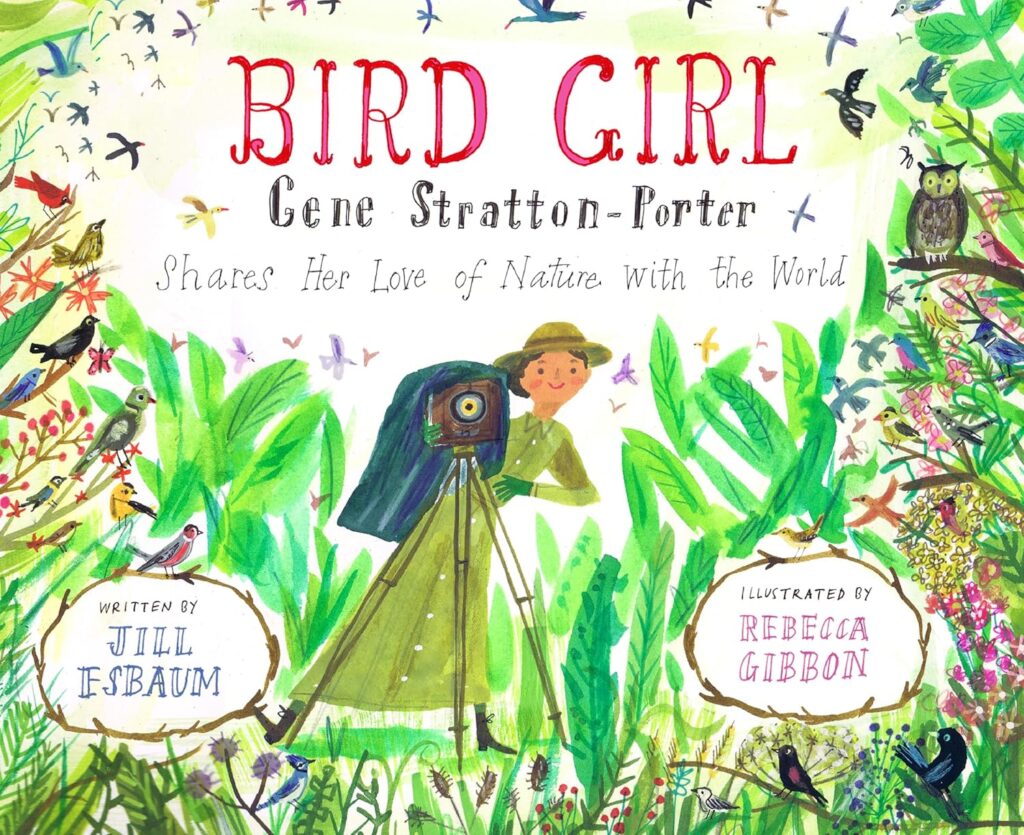
Stratton-Porter was a typical girl in the United States late 1800s. She helped on the farm, did lots of chores to make sure that the animals were fed, but she also loved birds. Stratton wondered why their nests were built in the way that they are, what their songs meant and was keenly aware of the predator/prey relationship that existed in nature. She discovers a wounded baby hawk one day, who is definitely on the predator side of the farm equation. And while the grown up version of this bird is not an asset to the animals on the farm, it has its place in nature, so she nurses the animal back to health.
The next spring the family establishes more nests on their farm for birds of all sorts and she even starts to train some of them. Unfortunately, her family has to move away from the farm to the city. Stratton’s only bright spot is caring for a couple of birds she could bring in cages with them. As she becomes a young woman she gets married and moves back to the country where her avian passion can start again, this time in literary form. She starts writing true stories about her experiences with birds, granted, it’s a niche field, but it’s her passion and at the turn of the century people wanted to read.
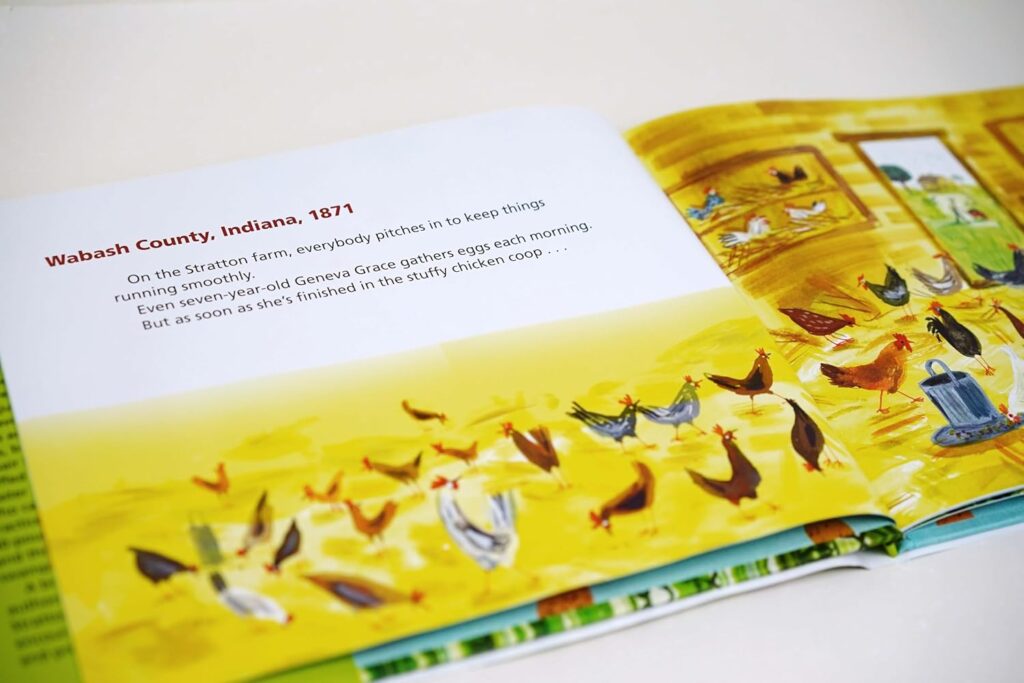
One day a publication requested a story with an illustration of a stuffed bird in a silly, unrealistic pose and the conflict between real-life and the demands of media outlets came to a head. Her supposed dream of writing about birds in a realistic, entertaining manner was put on ice for a little bit. It was then the advent of the camera came around to mainstream audiences. This device, although a luxury, was affordable to most people and gave them the option to document previously unknown things. Stratton put her love of getting up-close and personal with birds, paired it with the photographs from her camera with the words she’d been writing and the Bird Woman of the Limberlost was born.
In today’s world, it’s challenging to believe that people could be impressed just by photographs of birds. However, even in black and white the photographs resonated with audiences who previously had only heard or seen in the blink of an eye those common, sometimes colorful, flying creatures.
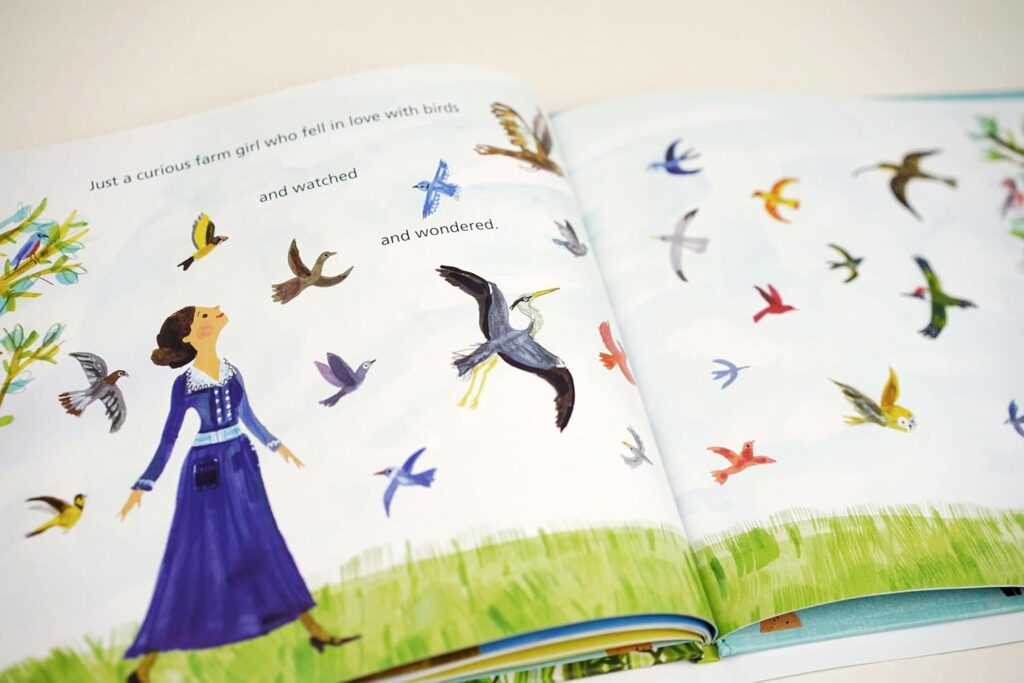
As you read Bird Girl aloud to young elementary audiences you’ll see the shift from mild confusion to the “a-ha” moment. They’ll realize the impact that those photographs could make on regular people and the wonder they can bring. It was all because one person researched what they loved, documented it and had the skill set the present it in an intelligent manner. That last bit is a great motivator and one that I pass along to audiences. I make certain to spell out the differences between a hobby and a career, just to lessen any pie-in-the-sky aspirations of choosing career paths that are less likely to pay dividends.
What Stratton did was follow her passion through hours in the field, research in the library and adapting to new technology. Bird Girl presents her story in a way that’s entertaining and educational to elementary school ages, without it preachy or academic. The illustrations are perfectly matched with the tone of the words and the result is an enjoyable book that will make kids think about the common sights they see that weren’t always so. It also achieves that rare quality in illustrated books that makes children want to learn more from the subject. The book does have four pages of middle-grade level reading that more about her life, specific instance on her work-including its detractors, and a bibliography of more books about Stratton. Kids may not care about that, they’ll just have fun looking at the art and learning about a smart woman who loved something, adapted to change and ended up making a difference to better its cause.
Bird Girl: Gene Stratton-Porter Shares Her Love of Nature with the World is by Jill Esbaum with illustrations by Rebecca Gibbon and available on Calkins Creek, an imprint of Astra Books for Young Readers.
There are affiliate links in this post.
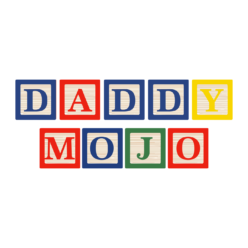
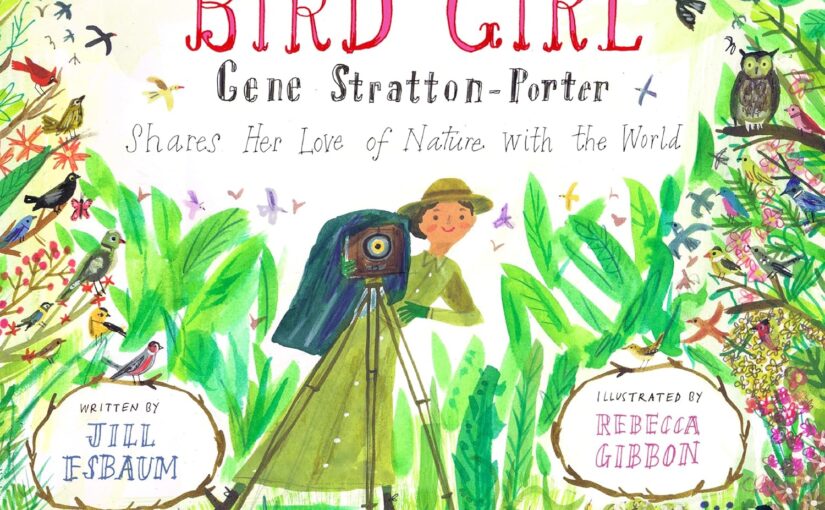



 Facebook
Facebook Twitter
Twitter Flickr
Flickr GooglePlus
GooglePlus Youtube
Youtube